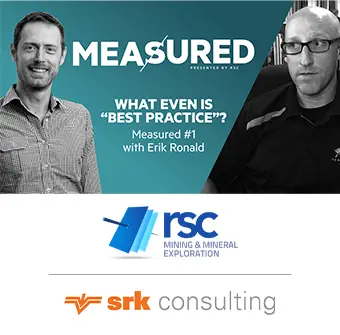Mineral resource classification relies on the expert assessment of a qualified person to determine which blocks of a 3D mineral resource model are considered measured, indicated or inferred. The decision is often based on a combination of quantitative parameters related to the estimation process and qualitative decisions based on previous experience or preconceptions not captured in the numerical model. As such, the procedure is subject to inconsistency, that is, blocks with similar qualities may end up in different categories, mainly due to the subjective nature of the approach.
We present a methodology to cluster blocks with similar parameters and then classify them into categories in a consistent approach. The method makes it possible to integrate qualitative data, such as expert knowledge. The result is a fully consistent classification into resource categories comparable to a classification done manually by an expert, but generated in a very short time frame. Two examples from two gold deposits are shown. The first example uses only quantitative data, while the second example considers both quantitative and qualitative inputs. In both cases, results are comparable to the classification done by the project qualified person using conventional methods.





